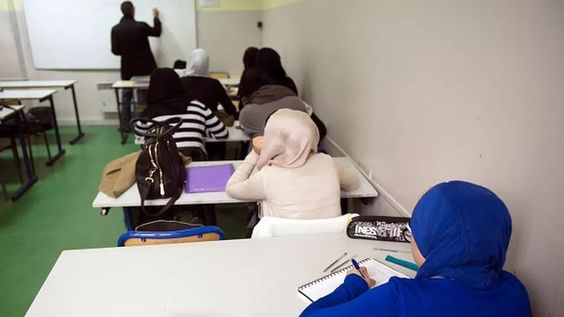Headlines
Dozens of girls in Muslim abayas are turned away from French state schools

The abaya, a long Muslim cloak that was outlawed in schools last week, was worn by approximately 300 students, according to the French minister of education.
The majority of the girls consented to don new attire.
298 girls, most of whom were 15 or older, showed up at school wearing the prohibited attire, according to official statistics.
Each case was followed by a period of discussion with the school staff under the guidelines established by the government.
After most of the girls decided to change their attire, classes could begin.
67 girls were sent home after refusing to follow orders.
Now there will be more discussion with their families. They will be excluded if that doesn’t work.
The administration argues that these data demonstrate that the ban has been well accepted when compared to the 12 million students who began classes on Monday.
But later today, a group representing some Muslims will file a lawsuit against the government.
The education minister declared at the end of August that starting on September 4th, students would not be permitted to enter state-run schools in France while dressed in the loose-fitting full-length gowns used by some Muslim women.
Considering that they are in violation of the country’s secular laws, France has a tight ban on religious signs in public schools and government facilities.
In state-run schools, head coverings have been prohibited since 2004.
The action is the result of months of discussion over the abaya’s wear in French schools.
The rising popularity of the garment in schools has created a political rift over it, with right-wing parties calling for a ban while the left has expressed worry over Muslim women’s and girls’ rights.
The five million-strong Muslim minority in France was outraged when France prohibited the wearing of full-face veils in public in 2010.
Since the 19th century, France has enforced a tight ban on religious signs in schools, especially Christian symbols like huge crosses, in an effort to reduce any Catholic influence on public education.
Abayas have not been explicitly prohibited until now, but the law has been revised throughout time to include the Jewish kippa and the Muslim headscarf in order to reflect the country’s shifting demography.
